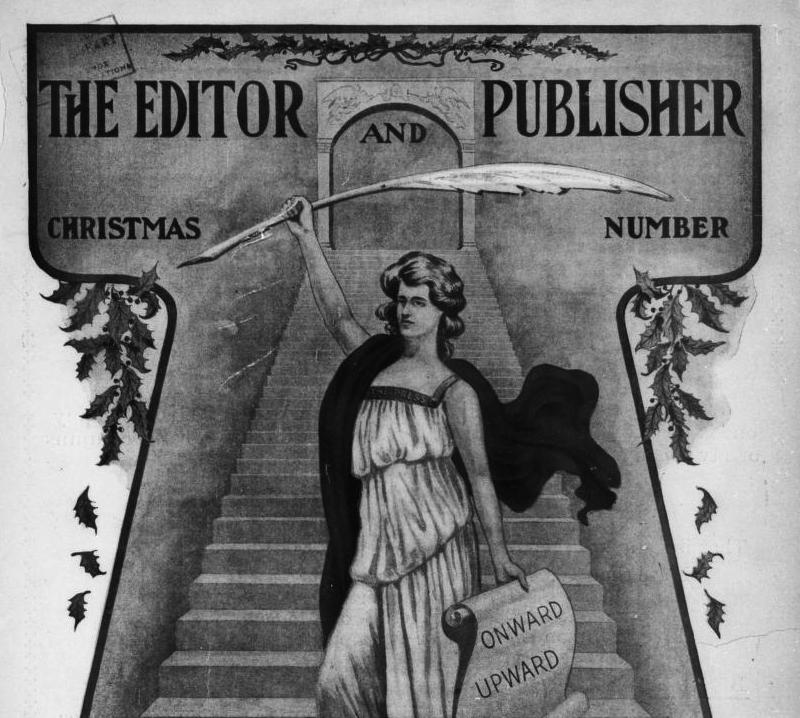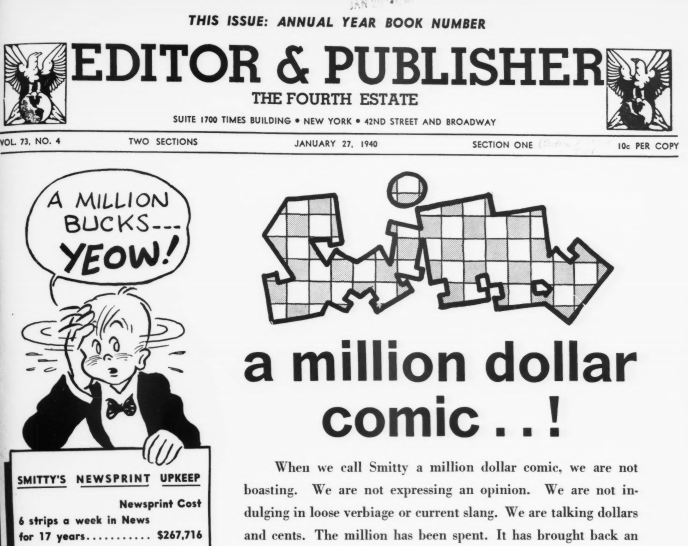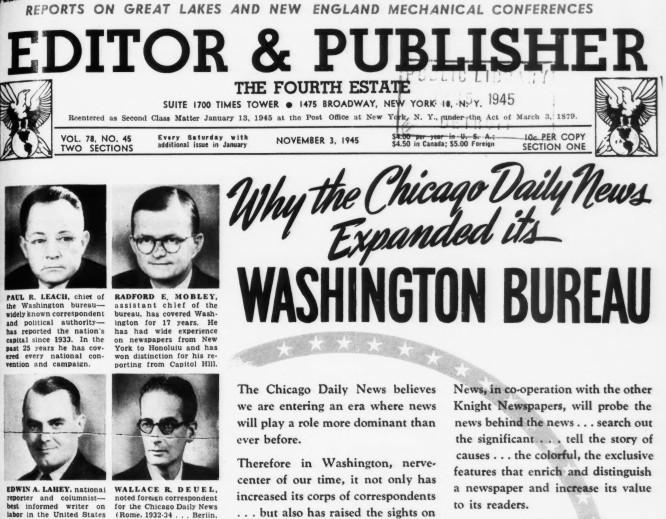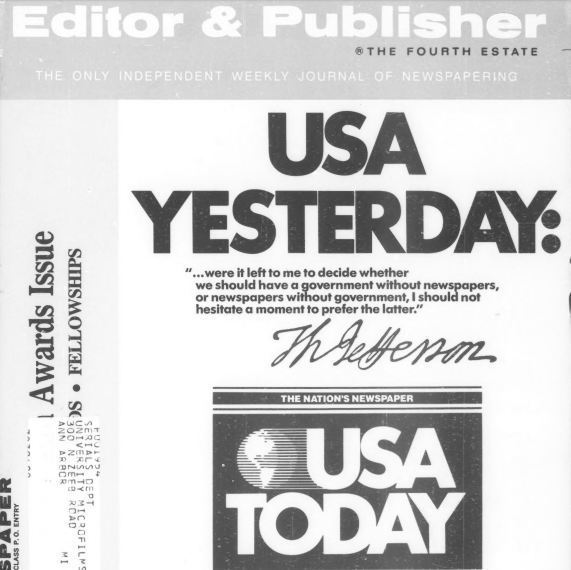I was a conductor on the Underground Railroad, and I can say what many others cannot. I never ran my train off the track, and I never lost a passenger. —Harriet Tubman
Remember how one of the Obama administration’s final initiatives was to redesign the $20 bill, banishing Andrew Jackson, a slaveholder, to a minor role on the back of the bill, in favor of abolitionist Harriet Tubman, who was born into slavery?
The announcement arrived on the heels of a controversy, after then-Treasury Secretary Jacob J. Lew enraged American women by going back on a promise to install a woman on the face of a newly designed $10 bill.
The decision to keep Alexander Hamilton, architect of our financial system and the country’s first Treasury Secretary, in place is rumored to owe rather a lot to his status as the subject of a certain hit musical that had opened earlier in the year.
The official design of the Tubman bill was to have been unveiled in 2020, to coincide with the hundredth anniversary of the 19th Amendment, which guaranteed a woman’s right to vote. Had all gone according to plan, it would have been in wide circulation later this decade.
At the time Lew was untroubled by the possibility that the incoming administration might kill off the proposed makeover:
I don’t think somebody’s going to probably want to do that — to take the image of Harriet Tubman off of our money? To take the image of the suffragists off?
It seems, however, that someone did want to do that.
In 2016, presidential candidate Donald Trump told NBC that replacing Jackson with Tubman was “pure political correctness,” suggesting instead that a place might be found for Tubman on the $2 bill… which is no longer printed.
He also reportedly remarked to former White House adviser Omarosa Manigault Newman, “You want me to put that face on the twenty-dollar bill?”
The Treasury Department website’s revision in the wake of the 2016 election scrubbed all references to planned changes to the currency.
Lew’s replacement, Treasury Secretary Steven Mnuchin, finally announced that the new $20 bill wouldn’t be ready until 2028, and that the finished design might not include Tubman at all. He attributed this to technical reasons relating to security features, though a Treasury Department employee told The New York Times that the engraving plate for it was completed “as recently as May 2018” and that the design “appeared to be far along in the process.”
Certainly, there were bigger stories in 2020 than the absence of the promised Harriet Tubman $20 bill, but the obfuscation and delay were maddening given everything Tubman, a woman of action, was able to accomplish well over a hundred years ago.
Most of us are familiar with her prominence on the Underground Railroad, which led to the sobriquet “Moses of her people,” but there are several things in the above animated TED-Ed lesson by Janell Hobson, Department Chair of Women’s, Gender and Sexuality Studies at SUNY Albany, that may come as news to you.
Of particular note, Tubman was the first woman in US history to plan and lead a military raid, resulting in the liberation of nearly 700 enslaved persons in South Carolina.
Her second husband, Nelson Davis, also born into slavery, had been a Union soldier, which entitled her to a pension of $8 as a military widow.
She fought hard for an increase on the basis of her own service to the Union Army, enlisting various friends and supporters to lobby on her behalf, including Lincoln’s Secretary of State, William Seward, who said, “I have known her long as a noble high spirit, as true as seldom dwells in the human form.”
Finally, in 1899, her pension was increased to $20 a month.
Professor Hobson, whose lesson predates Mnuchin’s announcement of the stall, called the denomination “a fitting twist of fate.”
As is the rubber stamp that artist Dano Wal created to help disgusted Americans convert Jacksons into Tubmans without the help of the Treasury Department:
Who we choose to honor as a society affects the moral attitudes that are baked into us as we grow up. The impact that seeing the face of Harriet Tubman staring back at you from a $20 bill should not be underestimated. This sort of representation can subtly but deeply affect someone’s conception of themselves and their place in society. The slightly subversive nature of it being currency that’s been hand-stamped by another human makes a discovery of one of these bills all the more joyous.
Good news looms on the horizon. Less than a week into the Biden administration, the Treasury Department confirmed that the agency is “exploring ways to resume” putting Harriet Tubman on the bill, as well as ways to hasten their release. She will be the first female and first Black American to be featured on our folding money.
TED-Ed has a list of additional resources for those who’d like to delve deeper into Tubman’s life and legacy, as well as a discussion as to whether putting Tubman’s face on the $20 bill is a fitting honor.
Related Content:
Ayun Halliday is an author, illustrator, theater maker and Chief Primatologist of the East Village Inky zine. Follow her @AyunHalliday.










